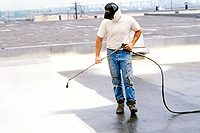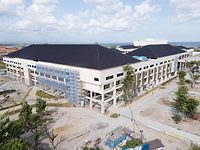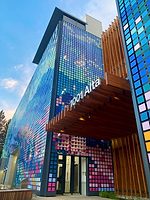A 900 Square Meter “Rain Jacket”
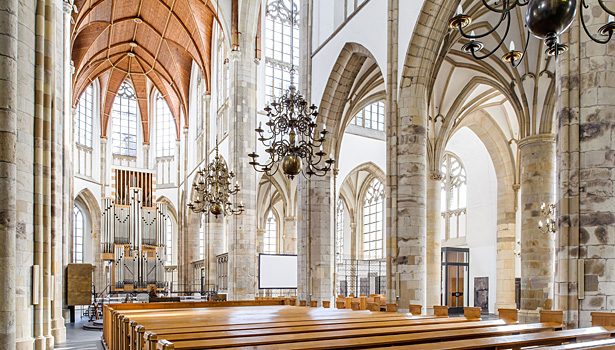
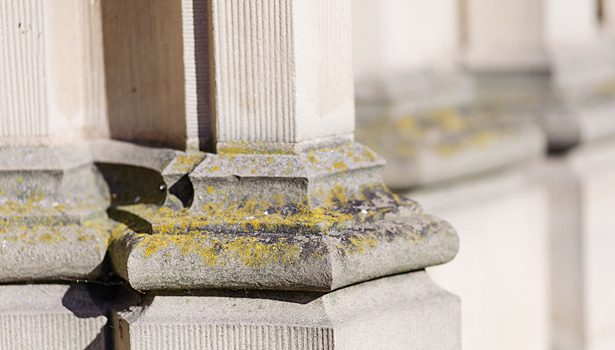
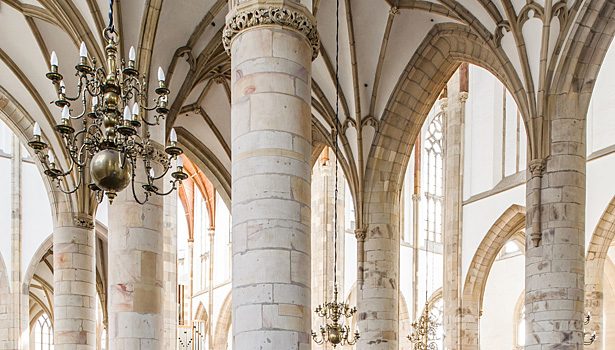
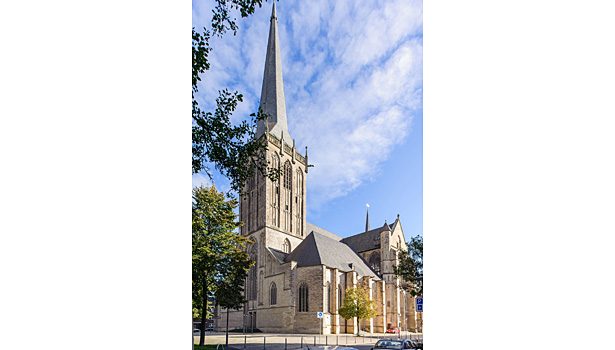




Experts for cultural heritage preservation and building protection are setting an example in the old Hanseatic city of Wesel, Germany. A special protective layer is being applied to the outside of Willibrordi Cathedral, which was built in the late Gothic style, in order to protect the city's famous landmark against damaging environmental influences. Modern “rain jackets” play an important role: in a similar manner to the breathable protective clothing worn by athletes, moisture should be able to escape from the inside to the outside of the building but, at the same time, wetness on the outside of the building should not be able to soak through to the inside.
Experts from the Essen-based specialty chemical group Evonik have utilized the principle. Their solution for the cathedral is called PROTECTOSIL®. The clear, water-repelling liquid that is manufactured with this product can be applied to brick surfaces, where it is absorbed and then offers protection against pollution and building damage caused by moisture and other environmental effects.
“The project can set precedents for the preservation of many historical buildings: Oberkirchen sandstone, the building material used in Wesel, was also used to build Cologne Cathedral and many other buildings under monument protection,” said Dr. Christopher Studte, an expert in building preservation from the specialty chemicals company Evonik. Although the light-colored stone is solid, it is not immune to the ravages of time -air pollution, algae, lichen and damage caused by moisture. Work is scheduled to start on the Wesel landmark, Willibrordi Cathedral, this year.
The plan is to apply the invisible “rain jacket” to about 900 square meters of Oberkirchen sandstone. A test phase lasting several years preceded the project in Wesel. As a master builder, architect and curator of monuments, Prof. Dr. –Ing. Dr. h. c. Wolfgang Deurer has spent 53 years of his life rebuilding, protecting and preserving the cathedral, which was destroyed in World War II – a life's work. The tasks also include the continuous struggle to contain damage to the building from moisture, frost, algae and lichen. “Building and conservation means a lifelong struggle against water and moisture,” is how the architect describes his work in a nutshell.
The first contact between Deurer, who is also highly esteemed as a curator of monuments in other European countries, and Evonik took place in 2007, when the expert was looking for moisture protection options for Willibrordi Cathedral.
Evonik has several teams that are responsible for building protection around the world. This protection includes impregnation of facades, coating buildings with special silicone-based paints, and water-repelling products for concrete and products that help combat graffiti. In spite of the enormous technical spectrum, Jürgen Kirchner, a certified engineer working in one of the Evonik teams, sees many common features in the experts' work, “No matter whether it is a family home in the USA, a church in Europe, or an opera house in Australia -the aim is always to preserve values: cultural, spiritual and also material.”
A large block of stone on the facade underpins the globalization of the work on the cathedral. Its inscription recalls Peter Minuit, a past deacon of the Wesel church. On behalf of the Dutch government, Minuit purchased Manhattan in 1626, thus laying the foundations for the metropolis of New York.
Looking for a reprint of this article?
From high-res PDFs to custom plaques, order your copy today!





